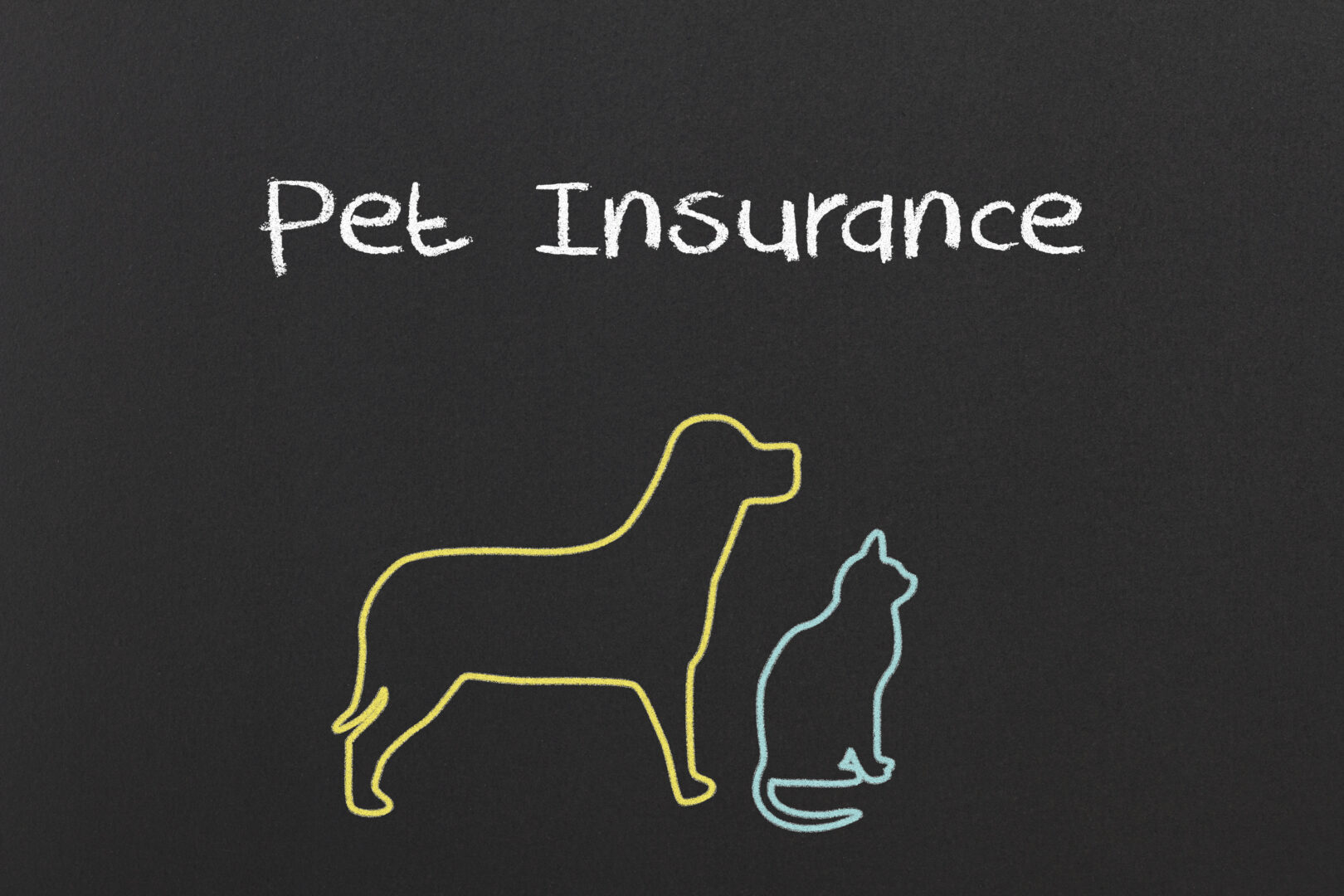Here’s the thing about insurance of any type – it’s something you buy hoping that you’ll never have to use. You could spend thousands of dollars on one type of insurance or another over the course of your lifetime, and never get anything back. So is pet insurance worth it?
Think of it this way. You buy vehicle insurance, and you don’t say to yourself, “Oh, damn, I spent $2000 insuring my vehicle this year; I sure wish I’d had an accident!’ You don’t spend money on your homeowner’s insurance and complain because you didn’t have a fire.
If you’re contemplating pet insurance, it’s pretty much the same thing. You buy it in the hope that you won’t need it, but secure in the knowledge that it’s there for you if you do need it. You don’t want your dog or cat to develop a life-threatening illness, or sustain a catastrophic injury, but by the same token you’d like to feel secure in the knowledge that if something horrible does happen, you won’t be on the hook for thousands of dollars.
Is pet insurance worth it, though?
The Numbers Don’t Lie
In an attempt to give you an honest answer as to whether pet insurance is worth the money, I did my research. And I have to tell you that I believe pet insurance is worth what you pay for it. Let’s take a look at the numbers.
Now, keep in mind that the premiums you will pay will depend on what you feel comfortable with in the way of a deductible. The deductible is the amount that you will have to pay before the insurance company begins to pay out. You might, for instance, have a very low deductible – say maybe $250. Once you pay that deductible, the insurance company will cover a percentage of the other costs you might incur if your pet becomes ill or injured. If you choose a higher deductible, though, your insurer will pay a higher percentage of the costs involved.
You’re always better off to choose the highest deductible you can afford. Ask yourself, “If my pet gets sick or hurt, how much can I afford to pay out of pocket?” The higher the deductible, the lower the premiums.
It’s Complicated
According to Consumer Reports, pet insurance policies can be pretty complex. They can have a huge range of deductibles, and the amount of insurance that you can buy can vary according to breed. You might also find, depending on your insurer that there is a cap as to how much you can claim. Embrace, for instance, lets you choose the maximum payout – anywhere from $5000 to $15000 – with premiums adjusted accordingly. Healthy Paws also pays out a percentage of costs once you’ve met your deductible, and has limits. Trupanion sets your premiums based on the breed of dog and any pre-existing conditions, but has no payout cap – it costs what it costs.
Keep in mind when shopping for pet insurance that almost all insurers will exclude pre-existing conditions. What this means is that if you think something is wrong with your pet, once it’s diagnosed, it’s too late to have the condition covered. This is especially true if you have a breed of animal that’s prone to certain conditions. In other words, don’t think that you can bring an English Mastiff to the vet with gastric dilatation and volvulus (bloat), have it treated, gasp at the cost, and think “Wow, I’d better take out insurance on this dog before he bankrupts me!” Your insurer will not cover you for bloat, because your dog has had it before – it’s a pre-existing condition.
Oh, and About Those Mastiffs…
If your heart leads to a specific breed of dog, I totally get that. I love my Boxers, Janice and Leroy, to distraction. But I have to tell you right now that the absolute worst dog you can have when it comes to insurance is an English Mastiff. The average premium for most breeds is about $43 USD per month. For an English Mastiff, it’s anywhere from $55 to $68 USD.
This is because English Mastiffs are horribly prone to many diseases and disorders. It’s a “large breed” thing. Right now I’m going to tell you about the problems English Mastiffs can be prone to, simply because these are problems that are also common to many other large breeds, and among the most costly problems to treat. I’ll let you know in the material that follows what other breeds are prone to these conditions, as well as any other breed-specific conditions. I’ll also let you know how much it will cost to treat those conditions.
Almost all pet insurance policies exclude pre-existing conditions. Some may also exclude breed-specific conditions (or charge you more to cover them).
Now, let’s talk about some of the most common problems that can affect various breeds of dogs.
1. Hip Dysplasia
Hip dysplasia is a disorder that is common in big dogs. It’s a problem in the hip joint, in which the hip and the pelvis don’t align properly. It affects the dog’s movement and ability to bear weight. It can be very painful. Usually, hip dysplasia requires treatment throughout the dog’s life. It can be very expensive to treat.
Hip dysplasia is a hereditary disorder. Basically, the dog inherits bad genes that lead to the disorder. The genes tell the dog’s body to put the hip joints together badly, and pain is the result.
A huge problem with hip dysplasia is that you might not know your dog has it until he reaches a certain age. Sometimes, the disorder doesn’t even manifest until the dog reaches middle age. And at that point, your insurer may decide that it was a pre-existing condition, and not cover it.
Treatment
There are several treatments available for dogs that have hip dysplasia. If the condition is not severe, your veterinarian may recommend having your dog lose weight if he’s getting a bit pudgy – this takes the stress off the hip joints. If your dog is not overweight, physical therapy and anti-inflammatory medications may help. If the condition is severe, surgical options may be considered, up to and including a total hip replacement.
Prevention
Sometimes, hip dysplasia can’t be prevented – it’s just the luck of the draw. However, there are things that you can do to minimize your dog’s chances of developing the disorder.
Of course you will probably have received assurances from your dog’s breeder that the animal is believed to be free of hip dysplasia, and that there is no hip dysplasia in the parents. This isn’t a guarantee, though.
To reduce the chances of your dog developing hip dysplasia, first of all, begin when your dog is just a puppy. Make sure that you’re feeding a breed-appropriate puppy food. Some breeds, for instance, do not do well on high-protein dog food, and it’s best to keep the protein content to about 25% of the total volume of dog food. Too much calcium can also be problematic. Most of us aren’t experts when it comes to canine nutrition, so generally speaking, it’s best to go with the type of food that your vet recommends for your particular breed of dog.
It’s also important to avoid obesity in your dog. Excess weight can put a great deal of pressure on the hip bones.
You might also consider using a joint supplement like glucosamine/chondroitin. The jury is still out on the effectiveness of these supplements, with some veterinarians singing their praises and others insisting that they do nothing at all. My take on that is simply, it isn’t going to hurt, and it might help.
Cost
Hip replacement is the most effective way of treating hip dysplasia in dogs, but it is very costly. With this procedure, your veterinarian will replace the entire hip joint using implants made of plastic and metal – basically the same procedure that’s used in humans who have bad hips. The cost of a single hip replacement for a dog can be anywhere from $3,500 to $7,000. And even though my mom didn’t exactly raise a mathematician, it doesn’t take a mathematical genius to know that this means that a double hip replacement is going to run you $7,000 to $14,000.
Related Content:
Pet Insurance – Good Deal, or Waste of Money?
11 Things You Need to Know About Pet Insurance for Dogs
Complete Guide to Buying Pet Insurance
10 Dogs Breeds Most Likely to Develop Hip Dysplasia
Hip dysplasia is most likely to occur in large breeds, but can happen in virtually any type of dog. Here, in alphabetical order, are the breeds most likely to develop the condition:
-
Boxer

-
Chesapeake Bay Retriever

-
English Mastiff

-
German Shepherd

-
Golden Retriever

-
Labrador Retriever

-
Newfoundland

-
Pug

-
Rottweiler

-
Saint Bernard

Worth It?
Is pet insurance worth it when it comes to hip dysplasia? Well, if you figure that the average dog lives for about 12 years, and you’re paying an average premium, the cost of pet insurance over the dog’s life will add up to about $6,200. It’s still less than the cost of replacing one hip, and you’ll be covered for other conditions as well. Seems like a bargain to me.
2. Elbow Dysplasia
As you might expect from seeing the word “dysplasia,” and reading the section on hip dysplasia, this is another condition where the joints aren’t lining up the way they should. Elbow dysplasia differs from hip dysplasia, though, in that the affected joints are in the dog’s front quarters, not the hind quarters.
When the two bones that make up the dog’s front legs don’t match up the way they should, that’s elbow dysplasia. It can cause limping and loss of mobility. Elbow dysplasia can be caused by an injury to the joint, but more often it’s genetic. This condition most often affects large breeds.
Treatment
Treatment will depend on the cause of the disease, and how far it has progressed. Anti-inflammatory drugs may offer some relief, and sometimes, treatment can involve removing excess cartilage. However, if the condition has been left untreated to the point where there is arthritis in the joint, surgery may be needed.
The problem here is that if your dog has developed elbow dysplasia to the point where surgery is the most desirable solution, there just aren’t that many surgeons available, and the surgical procedures for elbow dysplasia are still in their infancy. Sadly, this is one situation where the better course of action in a severe case might be euthanasia – it might be better to relieve your dog’ suffering than to make him to wait for a competent surgeon to find his or her way to your area, since it could take years.
Prevention
As is the case with hip dysplasia, the front line solution to preventing elbow dysplasia lies with the breeder. Responsible breeders will not breed animals that are known to have elbow dysplasia, and will therefore not pass it on to their litters.
As to what you can do, the methods of preventing elbow dysplasia in your dog are the same as those for preventing hip dysplasia.
Cost
Treating elbow dysplasia isn’t as costly as it is with hip dysplasia, but it’s still expensive. If surgery is needed, it can cost anywhere from $1,500 to $4,000 per joint.
10 Dogs Breeds Most Likely to Develop Elbow Dysplasia
Here, in alphabetical order, are ten breeds that are highly susceptible to elbow dysplasia.
-
Bernese Mountain Dog

-
Bloodhound

-
Chow Chow

-
English Mastiff

-
English Setter
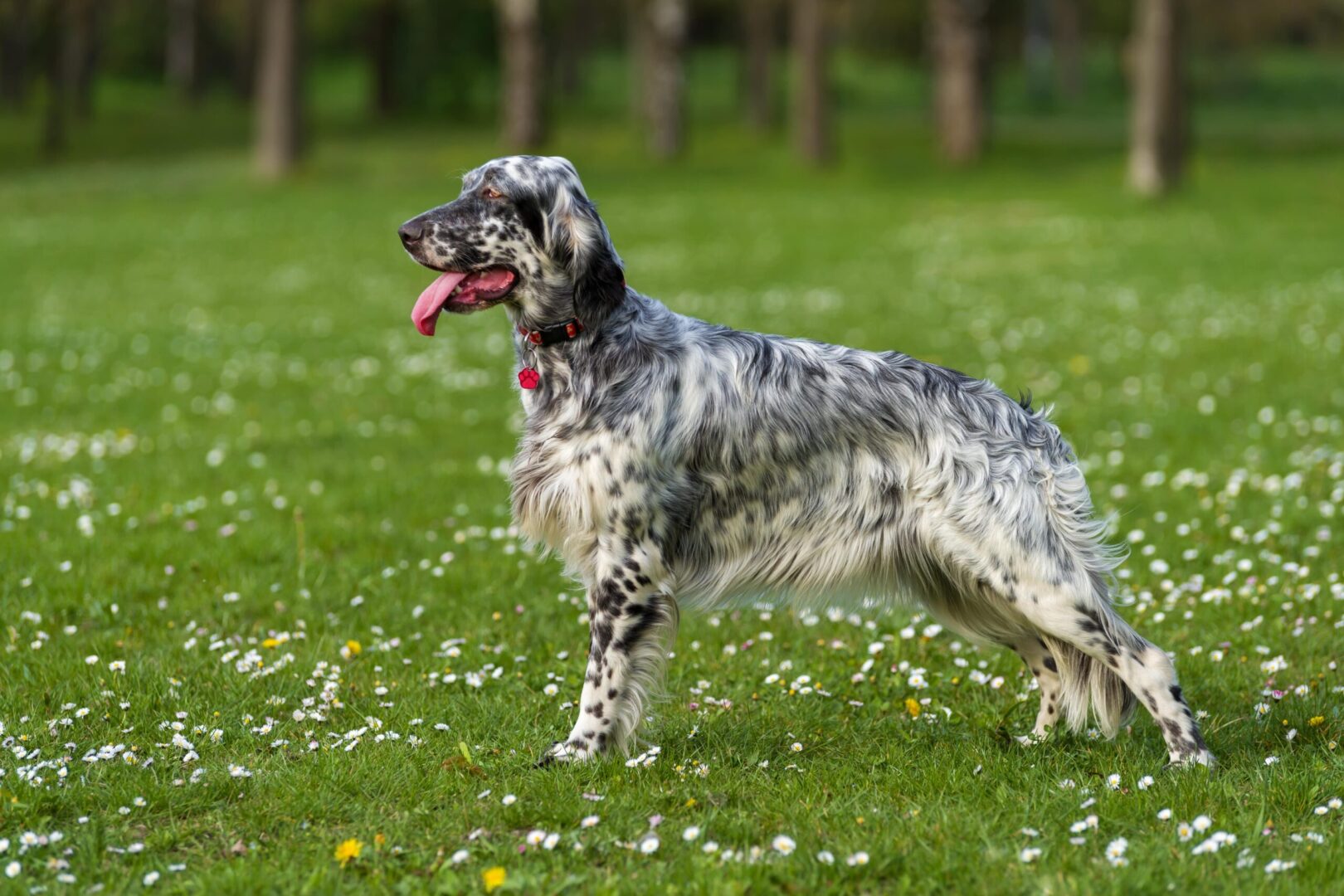
-
German Shepherd

-
Newfoundland

-
Rottweiler

-
Shar Pei

-
Swiss Mountain Dog
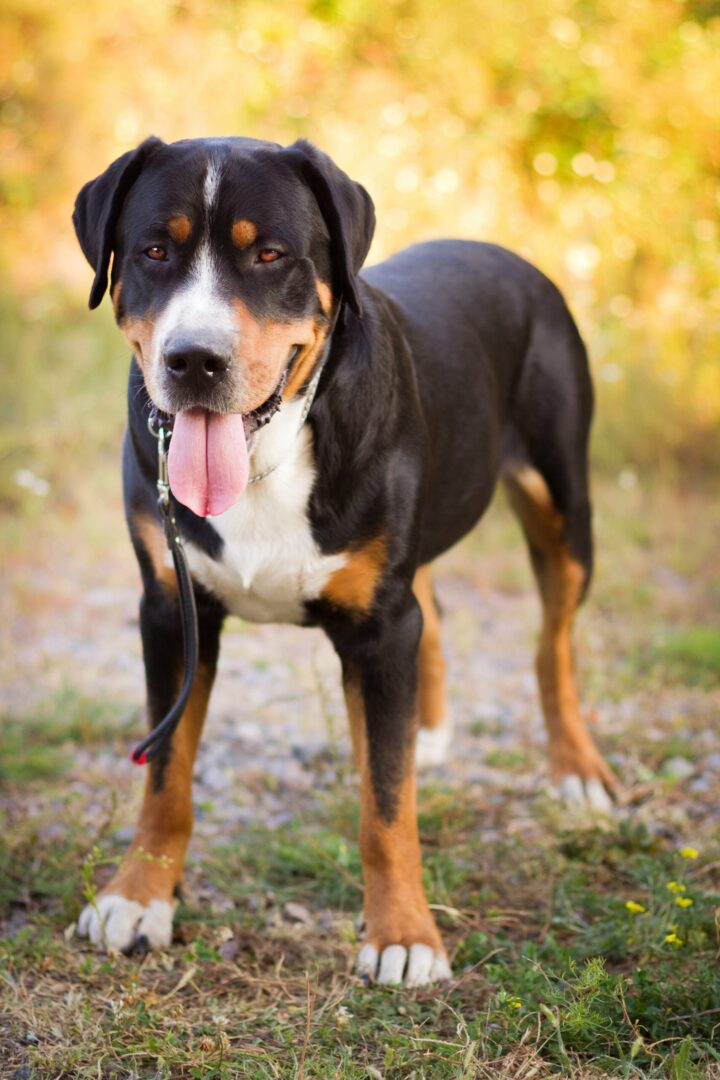
Worth It?
Is pet insurance worth it if your dog is at risk for elbow dysplasia? Again, let’s look at the total cost of insurance (about $6,200 over the length of the average dog’s life) compared with the cost of a double joint surgery, and keep in mind that you will also be covered for other problems. From where I’m sitting, it’s a good deal.
3. Entropion
We’re moving outside of the realm of big breeds when it comes to entropion. Although big breeds can still be affected, entropion is a disorder that mostly affects small dogs. Shih Tzus, Pomeranians and Pugs are among the breeds most affected by entropion, although it can also be present in Rottweilers, Akitas, Siberian Huskies and other large breeds.
Entropion is a condition in which the eyelids or eyelashes turn inward and cause irritation. In severe cases, the eye can become scarred. In really serious cases the eyeball may even have to be removed (this is rare, though).
Treatment
Most of the time, veterinarians will suggest simply “tacking up” the affected lid in order to keep it from touching the eyeball. Surgical lifting of the eyebrow is also possible, although there aren’t all that many surgeons who are qualified to do the procedure.
Prevention
As is the case with most disorders, the best method of prevention is not to buy a puppy that might be affected by entropion. A responsible breeder will not breed animals that are at risk. Sadly, though, if you do buy a puppy that has entropion, there is nothing you can do to prevent the condition from developing.
Cost
You can breathe a sigh of relief here, because entropion, even when it requires surgery, is not all that costly. Most treatments will just set you back $300 to $500.
10 Dog Breeds Most Likely to Develop Entropion
In alphabetical order, these are among the breeds most likely to develop entropion.
-
Akita

-
American Staffordshire terrier

-
Basset Hound

-
Dalmatian
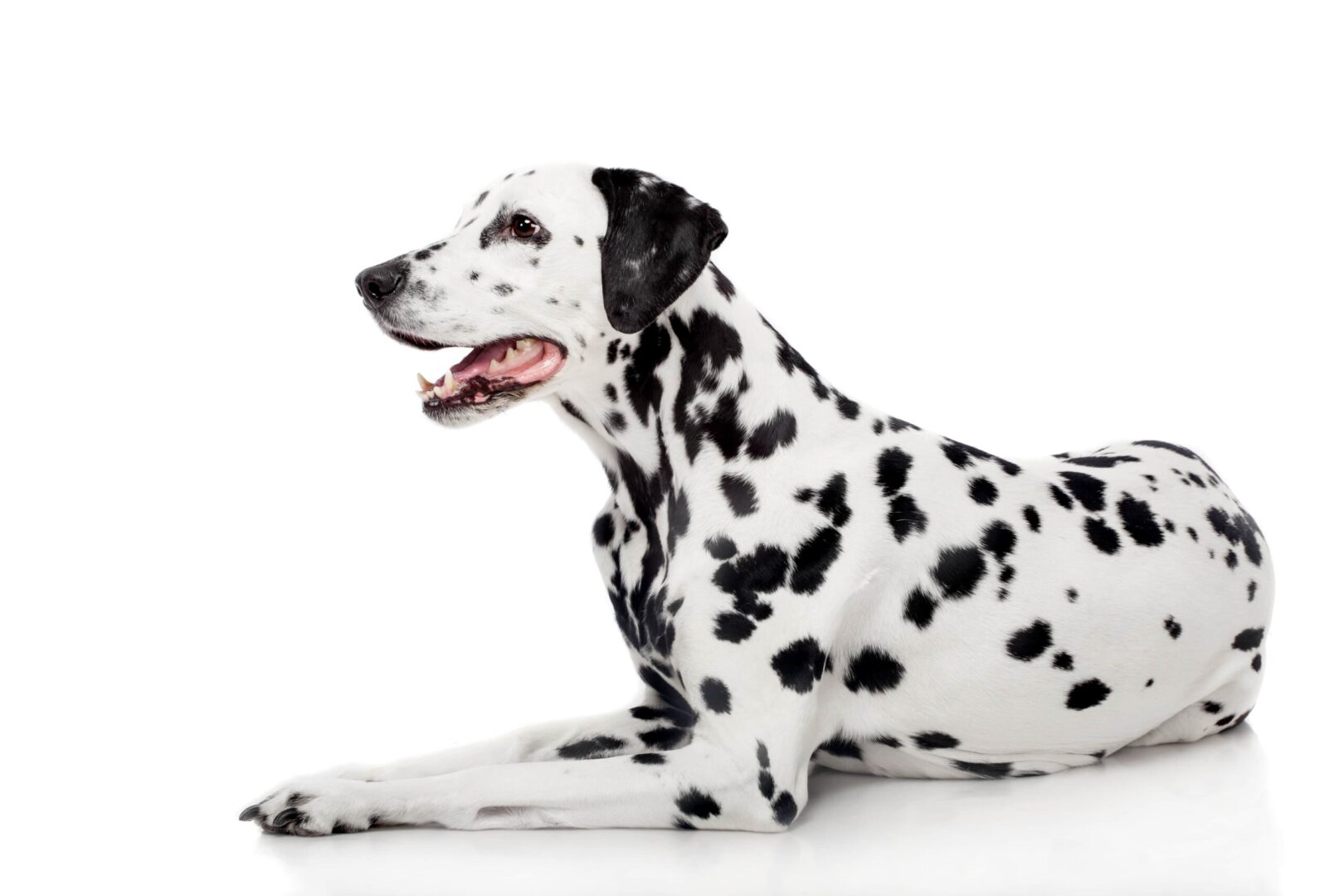
-
English Bulldog

-
English Mastiff

-
Great Dane
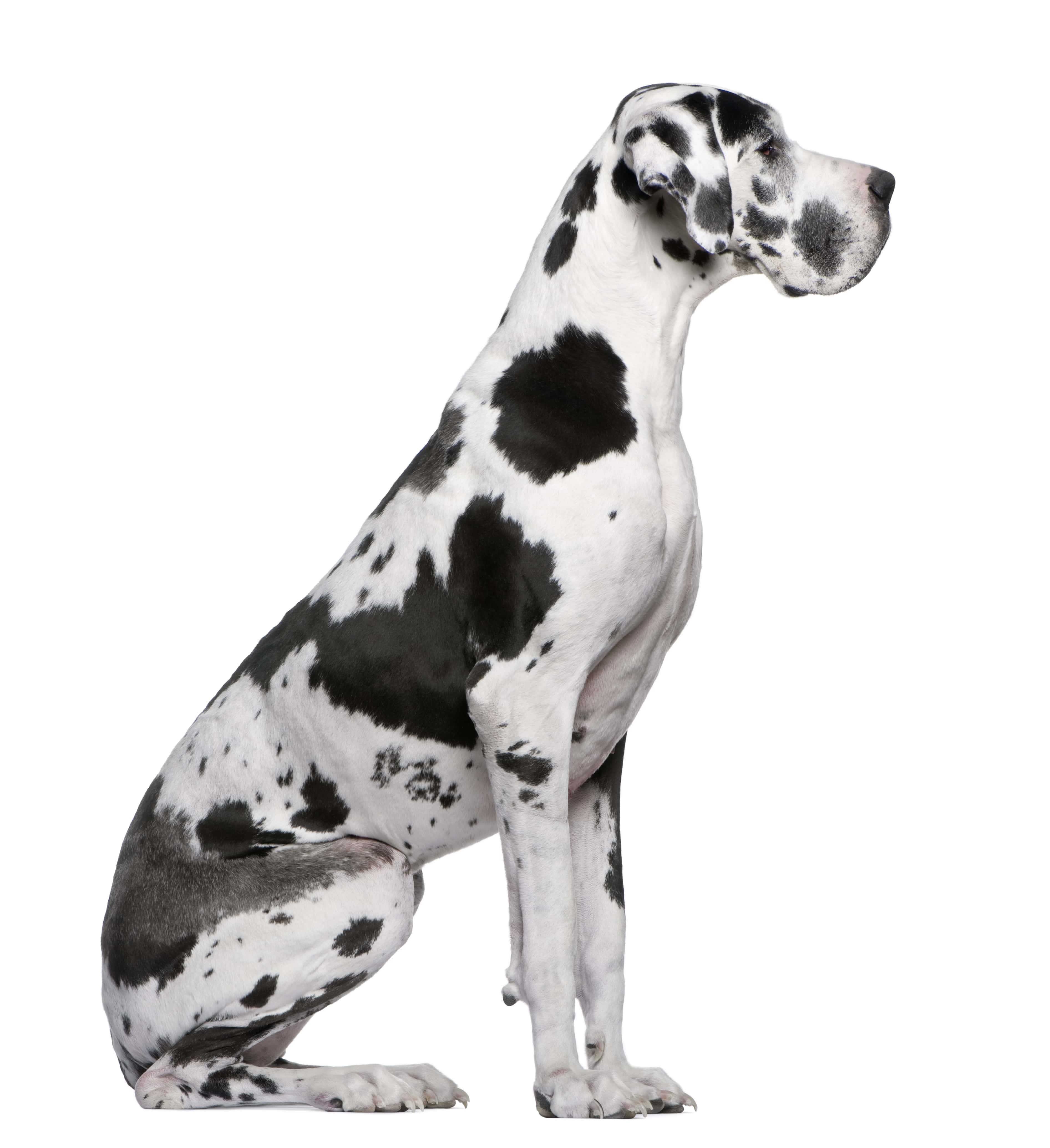
-
Pomeranian

-
Poodle (Miniature and Toy)

-
Pug

Worth It?
Is pet insurance worth it in this case? I’m thinking it might not be. If you have a breed of dog that isn’t prone to any other conditions, you might want to play the odds. A few hundred dollars isn’t much when you consider average pet insurance premiums of $6,000 plus over the life of your dog.
4. Cardiomyopathy
Cardiomyopathy is a catch-all phrase for “undiagnosable heart disease.” In other words, something is wrong with the dog’s heart, and nobody knows what really has caused it.
There are three different types of cardiomyopathy. The first is dilated cardiomyopathy, which is an inability of the heart muscles to contract the way they should. This is most common in middle-aged, large dogs.
The second kind is hypertrophic cardiomyopathy, which is not all that common in dogs (cats are more commonly affected). This disease causes the left heart ventricle to grow more than it should, leading to other areas of the heart working harder than they ought to.
Finally, we come to restrictive cardiomyopathy, which causes certain areas of the heart to become weak, leading to a buildup of fluid in the abdomen and chest cavity. Much of the time, the condition is identified when a heart murmur is noticed. Sometimes, death is instantaneous. Symptoms usually include coughing, gagging and difficulty breathing.
Treatment
Cardiomyopathy can be treated using medication that improves the heart’s ability to contract.
Prevention
Sorry, but this is one of those “luck of the draw” conditions. You can’t predict cardiomyopathy – you can only treat it once it happens.
Cost
Most types of cardiomyopathy are treatable. Medications for heart disease in dogs aren’t usually all that expensive, and if your dog has a condition other than hypertrophic cardiomyopathy, it still might not be all that expensive to treat – about $600 usually.
10 Dog Breeds Most Likely to Develop Cardiomyopathy
Listed alphabetically, the following are among the breeds most prone to cardiomyopathy.
-
Afghan Hound

-
Boxer

-
Cocker Spaniel

-
Dalmatian

-
Doberman

-
English Bulldog

-
Great Dane
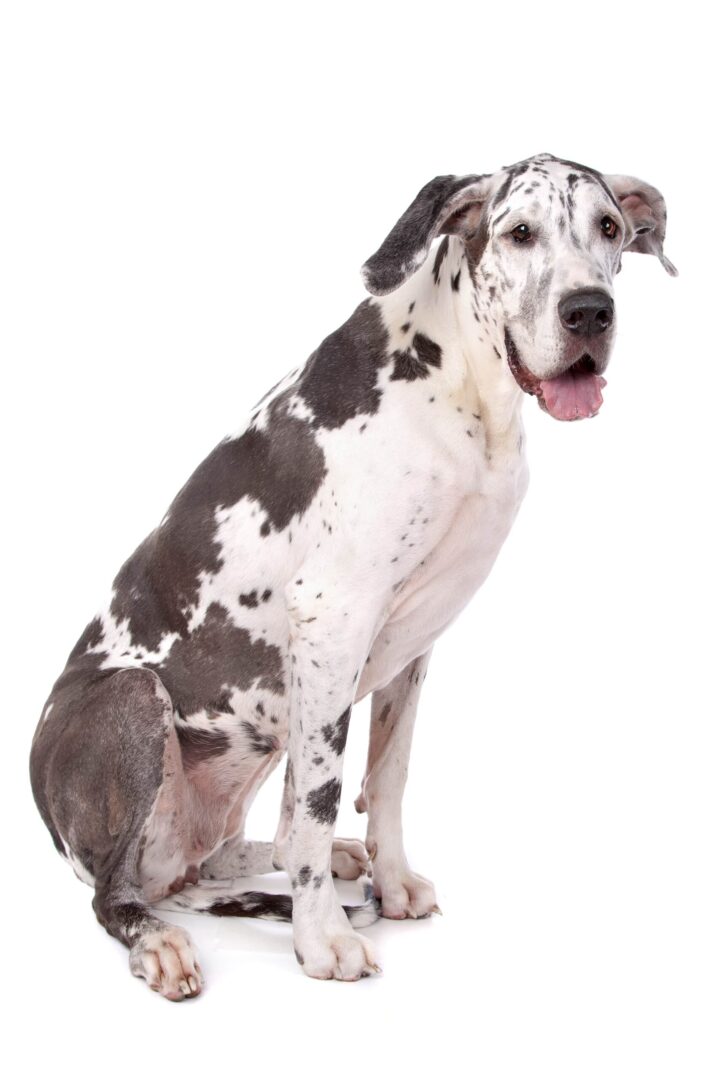
-
Irish Wolfhound

-
Newfoundland

-
Scottish Deerhound

Worth It?
If your dog is generally in good health, and you live in an area where you don’t have to worry about things like your dog getting into a fight with another animal or being hit by a car, pet insurance might very well be an expense you can forego. If cardiomyopathy is your only worry, given the low cost of treatment, you might want to take a pass on pet insurance
5. Bloat
Bloat (gastric dilatation and volvulus) is a deadly serious condition. It’s life-threatening, and expensive as all hell to treat.
Bloat is a problem with large breeds, and when a large breed dog develops bloat, seconds can make the difference between life and death.
This disorder is a sudden accumulation of gas in the stomach that causes the gut to twist in on itself. The supply of blood to the stomach is cut off, and irreversible damage can occur. Your dog can go into shock in seconds, and die within minutes. I’m not kidding you here every second counts!
Nobody really knows what causes bloat – it could be that your dog is eating too fast, or it could be that he’s got a lazy gut, or it could be something else entirely. All that’s really known is that bloat can be fatal in no time at all, so if you suspect that your dog has developed bloat, get him to the vet immediately.
Treatment
In order to treat bloat, your vet will administer fluids in order to decompress the stomach and release the trapped gas. This is just the first step, though, because bloat invariably requires surgery to get rid of the contents of the stomach, and then untwist the stomach. There’s also the possibility of complications, in which some portions of the stomach tissue may have become necrotized and will need to be removed. Then the stomach has to be re-sectioned – the healthy areas stitched back together.
As if this isn’t bad enough, sometimes the spleen becomes involved, getting knotted up in the whole mess. Then, the spleen may also have to be re-sectioned as well.
Finally, what’s left of the stomach needs to be attached to the wall of the abdomen, in order to minimize the chance of bloat recurring. Your dog will also have to be closely observed in the animal hospital for several days, in order to monitor the potential release of toxins that can kill the dog even after the surgery is performed.
Prevention
Some veterinarians advise against “free feeding” – simply putting out food and allowing your dog to eat as much and as often as he wants. However, when it comes to preventing bloat, free feeding can be a way of preventing the condition, because a free-fed dog does not see food as being an “event,” and is not likely to gulp his food or eat more than he needs to maintain a healthy body weight. I free feed Janice and Leroy, with my vet’s blessing.
If you don’t want to free feed, at the very least don’t limit your dog’s food intake to one meal a day – this will definitely encourage gorging. Instead, feed two or three times a day. And if it looks like your dog is eating too fast, make it difficult for him to consume his food too quickly – put some toys in his bowl so that he has to slow down and eat around them, or even hand-feed his meal allotment a bit at a time.
It’s also a good idea to keep your dog’s food bowl on the floor – feeding from a raised stand may be easier on the dog’s shoulders if he’s a large breed, but it can also increase the risk of bloat. Also, make sure that your dog always has access to good, clean water, but don’t feed wet food, and don’t try to make “gravy” by using water on his dry food.
If your dog is at a high risk for bloat, you might also want to consider having what’s called a “prophylactic gastropexy” performed at the same time that you have your dog spayed or neutered. This is a procedure that involves “tacking” the stomach to the abdominal wall before it has to be done in order to treat bloat.
Cost
As you might expect, treating bloat is very expensive. In fact, it’s so expensive that owners often opt for euthanasia. If you and your dog are very, very lucky, you might get by with a vet bill of $1,500. However, given the potential for complications, it’s more likely to end up on the higher end, which can be as much as $7,500.
10 Dog Breeds Most Likely to Develop Bloat
Bloat most often affects large breeds with deep chests. Here, in alphabetical order, are the breeds most prone to bloat.
-
Akita

-
Basset Hound

-
Boxer

-
Doberman

-
English Mastiff

-
German Shepherd

-
Great Dane

-
Irish Setter

-
Newfoundland

-
Standard Poodle
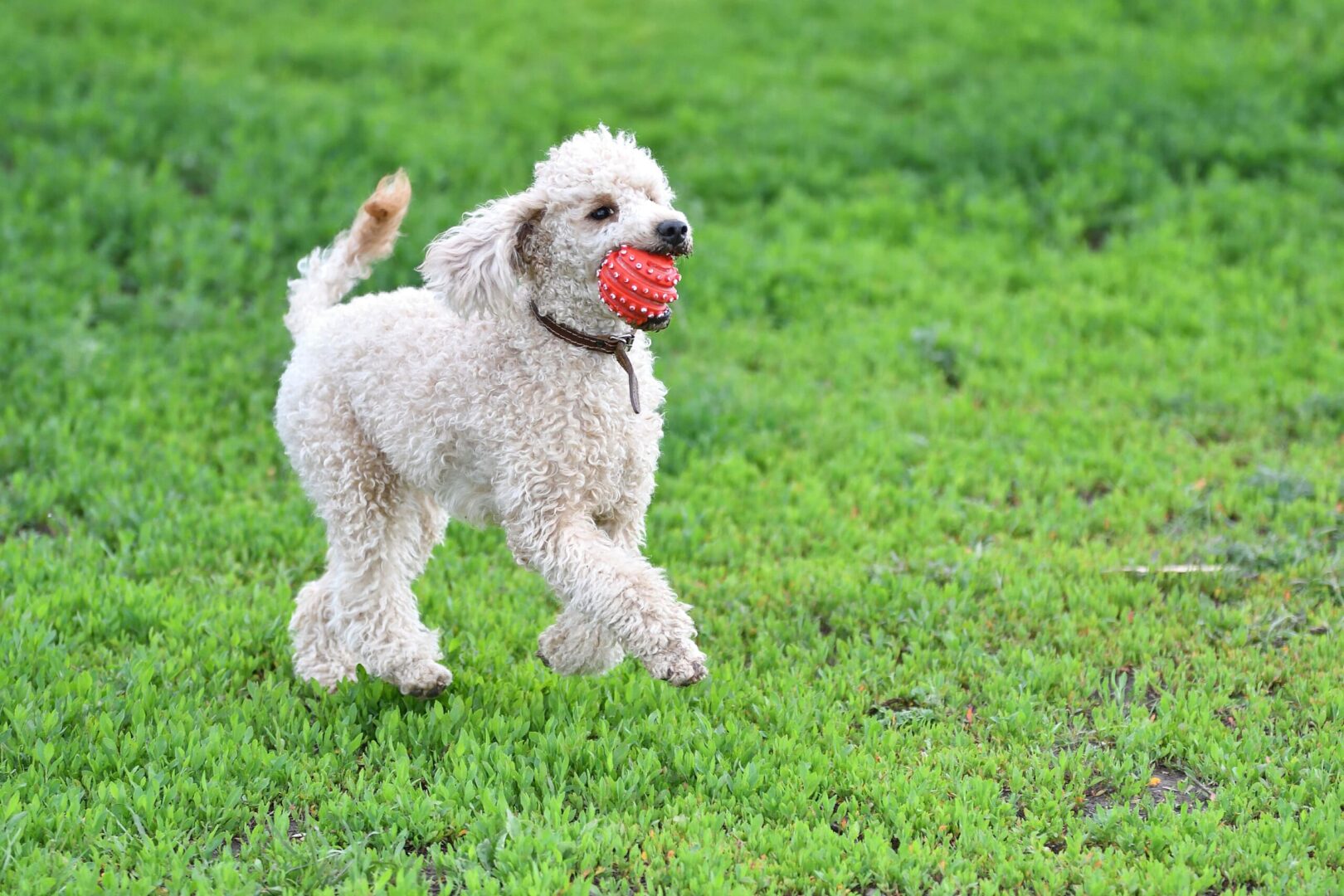
Worth It?
Given that a single, relatively uncomplicated case of bloat can cost you as much as you would pay, on average, for three years of pet insurance premiums, and a complicated case more than you would pay in premiums over the life of your dog, I think that this is a no-brainer. If you have a breed of dog that is at a high risk for bloat, buy pet insurance.
6. Pulmonic Stenosis
Pulmonic stenosis is a disease of the heat, in which a deformation of the pulmonary artery leads to poor blood flow going to the lungs. This leads to an enlargement of the right side of the heart. The heart is a muscle, and like any other muscle, if it’s working hard, it grows bigger, and when it comes to your dog’s heart, bigger is not better.
In all cases of this primarily canine condition, the right side of the heart (the one that receives blood from the body and pumps it into the lungs) becomes enlarged as the heart has to pump harder to move the blood through this narrowed area. (A heart that works harder, like any other muscle, gets bigger.)
Pulmonic stenosis is usually identified early on, in the form of a heart murmur in a young puppy. Many puppies have heart murmurs and outgrow them, but if the murmur is not outgrown by the age of six months, it could be an indication of pulmonary stenosis.
Since pulmonic stenosis can be mild or severe, outcomes can vary. A dog might live its entire life without complications, or on the other hand, might die at a very young age.
Treatment
In order to diagnose pulmonic stenosis, your veterinarian will usually do chest x-rays and an ultrasound of the heart, along with an angiogram in order to determine the severity of the condition.
As long as the problem is only in the heart valve, the condition is usually treatable by means of balloon valvuloplasty. This is a procedure in which a catheter is inserted into the jugular vein, and a balloon inflated in order to widen the area. The treatment has a success rate of anywhere from 80-85%, and dogs that are successfully treated can be expected to live full, healthy lives. In severe cases, more invasive (i.e. surgical) procedures may be needed, but these are less successful.
Prevention
Sadly, the best way of preventing pulmonic stenosis is to avoid buying a dog that is prone to the condition in the first place. The onus here is really on the breeder, since the condition is hereditary. Pulmonary stenosis is very difficult to diagnose, and the only real way of preventing it is by means of careful screening of parents on the part of the breeder, so choose your breeder carefully, and please, please, never buy from a puppy mill. If you’re wondering how to identify a puppy mill, see my post 5 Reasons Why Puppy Mills Must Be Stopped. You will never get a healthy animal from a puppy mill, and buying a puppy mill dog will only lead to heartbreak.
The first, and best, way of ensuring that your dog enjoys a long, happy life is to make sure that he came from a responsible breeder who actually cares about the dogs being bred and will offer you as much as possible in the way of health guarantees.
Cost
Balloon valvuloplasty is really pricey to treat, and treatment is also not all that readily available – it’s generally only done in universities, by board-certified veterinary cardiologists, and it costs anywhere from $5,000 to $10,000. If you can’t afford this procedure, then medication may help your dog. However, just the cost of a diagnosis can be through the roof, with an angiogram costing close to $1,000.
10 Dog Breeds Most Likely to Develop Pulmonic Stenosis
This is one of the few disorders that is actually more likely to affect small breeds. Here are the most frequently affected breeds, in alphabetical order.
-
Beagle

-
Boykin Spaniel

-
Chihuahua

-
Cocker Spaniel

-
English Bulldog

-
English Mastiff

-
French Bulldog

-
Miniature Schnauzer

-
Scottish Terrier

-
West Highland White Terrier

Worth It?
I think the numbers speak for themselves. Given the high cost of diagnosing and treating pulmonic stenosis, if your dog is at risk, you’re better off rolling the dice by paying the pet insurance premiums than you are by hoping that your dog will never develop the condition.
7. Panosteitis
Getting back to those English Mastiffs that I talked about in the introduction to this post (and that you’ve seen over and over in the lists of “breeds most likely,” they’re a perfect example of a dog breed that is prone to a certain disorder simply because of their size.
Panosteitis is an orthopedic condition that’s seen so often in young members of large breeds, and at its essence, it’s a condition where the dog’s bones grow too fast for the rest of the dog.
It’s not really known what causes this to happen, but what is known is that panosteitis is most often found in large dogs that grow quickly. With this condition, the outer bone layer gets inflamed, and the inner layers of the bone grow too fast, causing pressure and pain.
Nobody really knows what causes panosteitis, but it’s believed that genetics may be a factor. It’s also believed that too much calcium in the diet can lead to bone growth that’s too rapid, so if you have a large breed dog, it’s important that your dog’s food contain no more calcium than is recommended by your veterinarian.
Young dogs are most at risk for panosteitis, and males are more vulnerable than females – in fact, about 70% of affected dogs are male.
Symptoms vary hugely in severity. Some dogs with panosteitis may be barely affected, while others may suffer pain so severe that euthanasia is the only reasonable option.
Treatment
Panosteitis can’t really be corrected, but the condition can be managed with pain medication. Sometimes, NSAIDs like carprofen and meloxicam can be effective. More serious cases may be managed using opiates. If the pain is so severe, though, that the dog will never enjoy a good quality of life, euthanasia may be warranted, as the condition is not curable – only manageable.
Prevention
If you have a large breed dog, talk with your veterinarian. Preventing panosteitis largely depends on diet – making sure that your dog has only the necessary amount of dietary calcium. There are many “large breed” dog foods on the market, so choose the one that is most appropriate for your breed.
Cost
Much of the time, an affected dog will simply “grow out” of panosteitis. If he doesn’t, he’ll probably respond to NSAIDS, or in extreme cases, opiod-based medications. The condition can usually be managed with just a few hundred dollars a year, or in the higher hundreds with serious cases.
10 Dog Breeds Most Likely to Develop Panosteitis
Panosteitis most of the time affects large breeds, although there are a few of the smaller guys in there. In alphabetical order, here are the breeds most likely to be affected by panosteitis.
-
Basset Hound

-
Chow Chow

-
Dalmatian

-
Doberman

-
English Setter

-
German Shorthaired Pointer

-
Great Pyrenees

-
Labrador Retriever

-
Rhodesian Ridgeback

-
Shih Tzu

Worth It?
Panosteitis isn’t usually all that expensive to treat. So, if this is the only issue that is likely to affect your dog, you might just want to deal with it “out of pocket” and avoid costly pet insurance premiums.
These are 7 of the conditions that can be most expensive to treat, and that aren’t all that uncommon. So should you consider pet insurance? Is pet insurance worth it?
It’s All About the Plan
Whether or not pet insurance is worth it depends on so many factors – the type of pet you have, the type of insurance you want, the likelihood of something going wrong, how high a deductible you choose, what types of illnesses or disorders or accidents the policy will cover, and more.
Usually, even the most basic pet insurance policy will cover you for various illnesses and disorders like cancer, arthritis, hip dysplasia or heart disease. You may also be able to obtain coverage for other issues, like if your pet gets into a fight with another animal or gets hit by a car. Most policies will not cover you for pre-existing conditions, and the premiums on those policies may end up costing you more than the actual cost of the condition. Some policies have a cap – in other words, they’ll say something like “The average cost of treating a Rottweiler with cancer should be is about $7,000, so we’re capping it – if the cost of treatment for your dog is more than that, you’re on the hook for the extra money.”
Other policies will have no cap – the insurer will just say, “Hey, it costs what it costs, and we’ll pay out.” No-cap policies, though, will usually cost you more in monthly premiums than those that don’t have a cap.
The Final Word
Is pet insurance worth it? Usually it is. The premiums can be high. But the cost of veterinary treatment can also be high – horrifically high, if your pet has a condition that requires surgery, or if, God forbid, your pet is hit by a car or otherwise sustains a traumatic injury. Veterinary treatments can range in the thousands of dollars, whereas the premiums for pet insurance will only be about $43 per month on average.
If you’re lucky, you’ll never have to put in a claim. Sure, you’ll be spending approximately $43 per month to ensure that you can afford vet bills if something happens to your pet – or, think of it this way, it’s a good bit less than the cost of a cup of coffee at Starbucks each day.
For most dogs, the cost of pet insurance is so much less than what the cost of treatment would be.
Unless you have an English Mastiff. The premiums are horrific!
Don’t get an English Mastiff!!!
Unless your heart tells you that you absolutely must have an English Mastiff.
Then get one.
And love him.
And insure him!
That’s the word from where I’m sitting.
Related Content:
Pet Insurance – Good Deal, or Waste of Money?
11 Things You Need to Know About Pet Insurance for Dogs
Complete Guide to Buying Pet Insurance
References:
State of the Industry Report 2018 Highlights
https://www.consumerreports.org/pet-products/is-pet-insurance-worth-cost/
https://www.embracepetinsurance.com/dog-insurance

